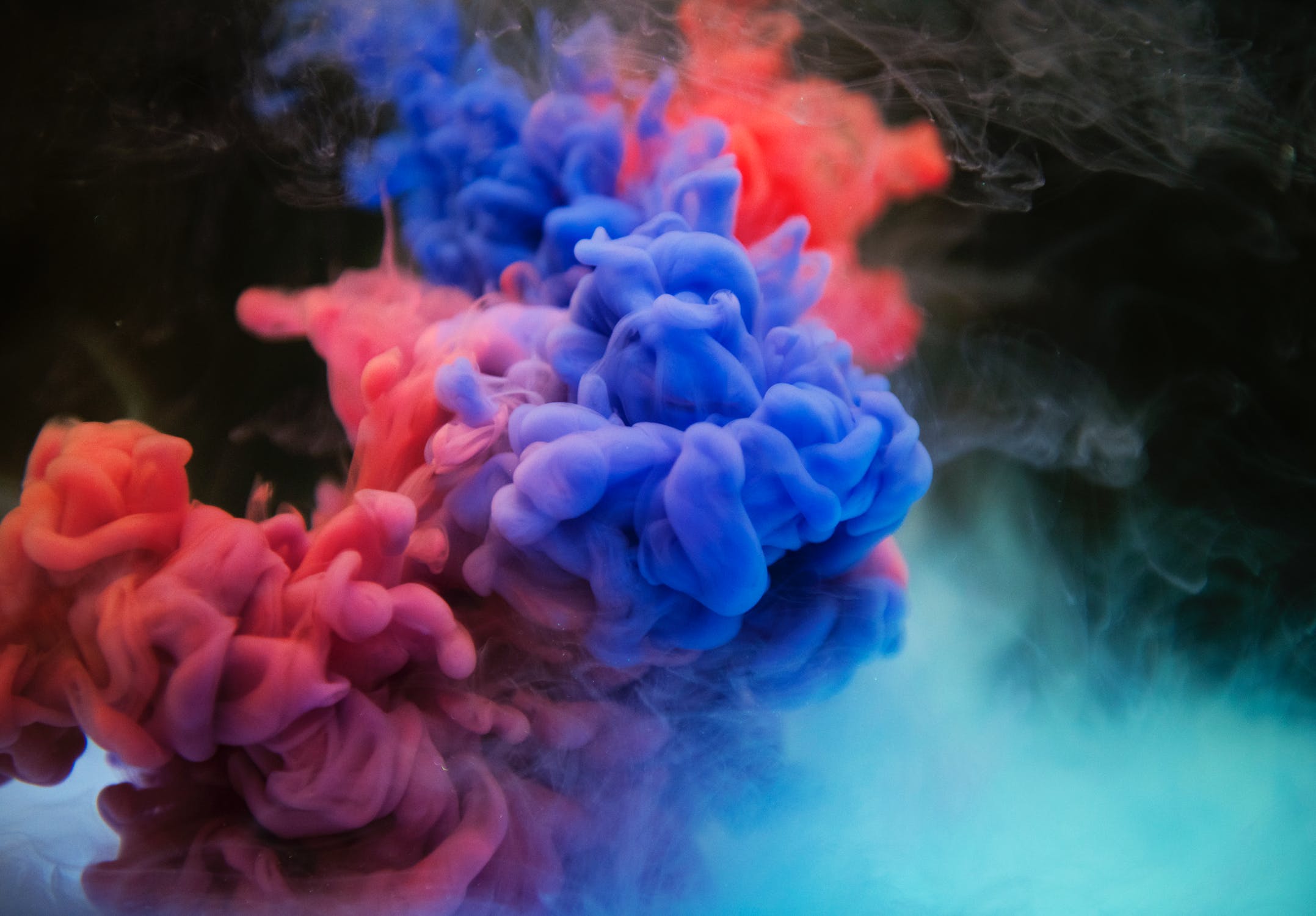Creativity is always driven by the technology that surrounds it. As we have all experienced in 2016, it has been packed with revolutionary technology that will help shape the creativity developed in 2017. The Linx team is excited to see what 2017 holds and what innovative and interesting creative will come about.
There are a few times in the great arch of history when one consciously knows she is observing a rare, transformative moment. This was how I felt at the recent sixth annual 4A’s Create Tech conference. “Design and the Future of Advertising” set out to explore how marketing can touch the human experience in diverse and encompassing ways.
Previous creative renaissances were driven by technology, and this one is no different. From the invention of the printing press in the 1400s that allowed “scalable” transmission of stories to the 1960s, where tech allowed musicians to fabricate new sounds not possible by live artists, technology has been about transforming ideas into art. Here are the top five creative trends that will dominate in 2017.
1) The ultimate user interface will be the human body
A great user experience today usually means great user interfaces in web design or an app. Quickly, though, “technology will disappear,” to quote Tom Goodwin, exec VP and head of innovation at Zenith (part of Publicis Media). Tom, along with other speakers at Create Tech, believe the human body will become the ultimate interface.
2) The “why” of marketing hasn’t changed, but the medium will drive the experience
The traditional creative path have always cascaded down, starting with development of the Uber creative strategy, which was then tactically re-expressed in many formats, often bereft of creative input.
Now technology has opened up new avenues to leverage the medium as much as the message. Leland Maschmeyer, chief creative officer at Chobani, explains it this way: “[Brand] performance, not personality, stirs passion… It’s about building a brand experience.” This reality demands a new approach to the traditional top-down creative development process, and calls for experiential creative strategies to optimize individual media channels. An example of this approach was a brand promotion that allowed users to remotely skip a stone at a lake using a mobile app, leveraging mobile as the medium within a planned brand-experience strategy.
3) Authenticity is a function of “diversity”
Marketing likes to talk about diversity in tactical, limited HR terms, but diversity is now a strategic imperative to achieve authentic communications between brands and consumers. “There’s a responsibility to being authentic … and we must accept nothing less,” said AJ Hassan, executive creative director at R/GA, whose credits include the “Run like a Girl” iconic campaign. In this renaissance, diversity becomes the trust gate through which all authentic marketing will walk through, leveraging technology to create and express genuine human moments.
4) Turning data into art
Data is may be seen to be creatively constraining when, in fact, the opposite is true. “Technology is becoming the conduit for people who are inspired to express themselves and for people who know how to express themselves to be inspired,” said Marwan Soghaier, chief product officer at SteelHouse. Data can drive highly rewarding, personalized experiences that audiences can love and bring to life a brand’s experiential essence. “Creative brilliance is essential to bringing something to life, to making the brand distinctive, something special,” said Catharine Findiesen Hays of the Wharton Future of Advertising Program. Within a creative context, big data is meant to inform, but human intuition must drive how the data is applied.
5) Trust — not algorithms — must be the power source behind everything marketers do
Ad tech’s algorithms can’t replace human wisdom, intelligence and insight. Yet there is a genuine barrier preventing this human wisdom from being integrated into the tech ecosystem. Belle Frank, exec VP and global director of strategic integration and growth at Y&R, has argued that this gap causes big data to go wrong, undermining trust between audiences and brands, such as when ads are served in the wrong language. New technology gives power back to audiences in the form of experiences that they can trust because they control the experiences. Virtual reality and wearable technologies are examples of these new types experiences, which can form new connections between audiences and brands — based on bonds of trust.
The most profound insight from the conference was that the traditional creative strategy paradigm is expanding for the first time in decades to incorporate overt “experiential strategic planning” for a unified approach to plan both the message and medium synergistically. This next level of creative planning is what design strategy is all about: creating holistic, contextual experiences that encompass “one to one,” “one to brand” and “brand to one.” The newly expanding scope of the creative mandate is why this creative renaissance is a marvel to behold up close.
Source: AdAge December 15, 2016

5 Transformative Creative Trends in 2017
Creativity is always driven by the technology that surrounds it.…

